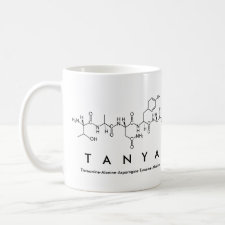
Authors: Sergeyeva TA, Matuschewski H, Piletsky SA, Schedler U, Ulbricht M
Article Title: Development of molecularly imprinted polymer membranes with specificity to triazine herbicides, prepared by the "surface photografting" technique.
Publication date: 2004
Journal: Biopolymers and Cell
Volume: 20
Issue: (4)
Page numbers: 307-315.
DOI: 10.7124/bc.0006B4
Abstract: «Surface photografting» of polypropylene (PPy) microporous membranes by molecularly imprinted polymers selective to triazine herbicides has been carried out by the UV irradiation-initiated co-polymerization of the functional monomer (2-acrylamido-2-methyl-1-propane sulphonic acid) and a cross-linker (N,N'-methylene-bis-acrylamide) in the presence of the template (terbumeton) onto photoinitiator (benzophenone)-coated samples. The grafting reaction occurs in a thin liquid layer on the membrane substrate, which is pre-soaked in a dimethyl formamide solution containing template, functional monomer and cross-linker. After irradiation with a 500 W mercury lamp for 10 min at room temperature, the membranes covered with the layer of imprinted polymer were obtained. The recognition sites complementary to terbumeton were formed in the membranes after extraction of the template molecules with methanol. Alternatively, reference polymeric membranes were prepared with the same monomer composition, but without the template. The membranes' recognition properties were estimated by their capability to herbicide adsorption from its aqueous solution. The membranes modified by the mixture of monomers containing terbumeton showed significantly higher adsorption capability to this herbicide than to analogous compounds (terbuthylazine, atrazine, desmetryn, metribuzine). The effect of the polymer composition on the binding properties of the membranes has been investigated. High affinity of these membranes to triazine herbicides together with their inexpensive preparation, provide a good basis for applications of molecularly imprinted polymer membranes in separation and solid-phase extraction.
Template and target information:



Join the Society for Molecular Imprinting

New items RSS feed
Sign-up for e-mail updates:
Choose between receiving an occasional newsletter or more frequent e-mail alerts.
Click here to go to the sign-up page.
Is your name elemental or peptidic? Enter your name and find out by clicking either of the buttons below!
Other products you may like:
 MIPdatabase
MIPdatabase









